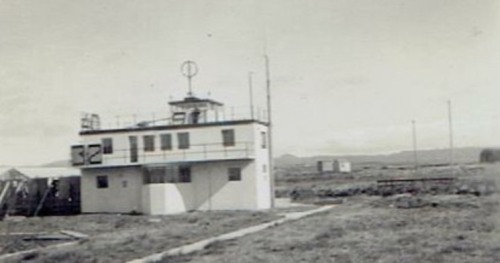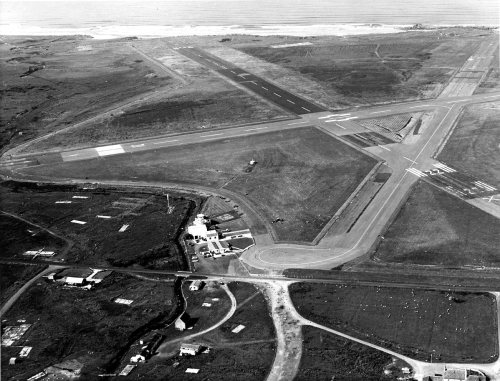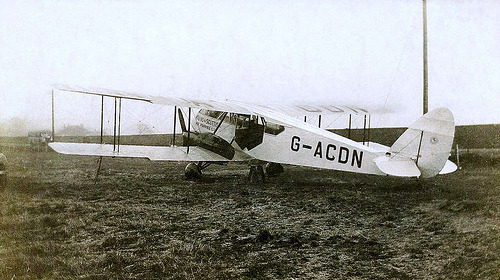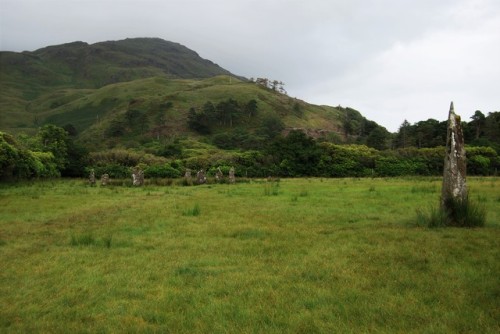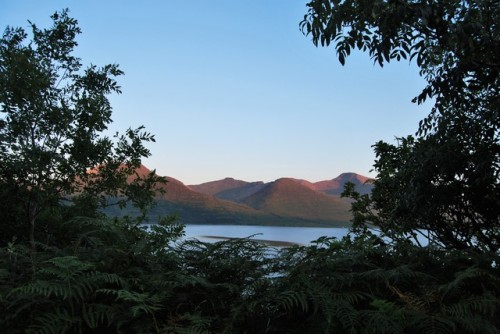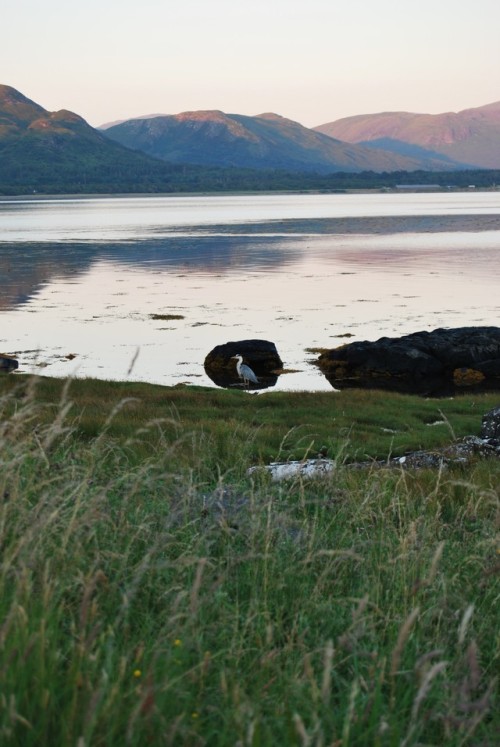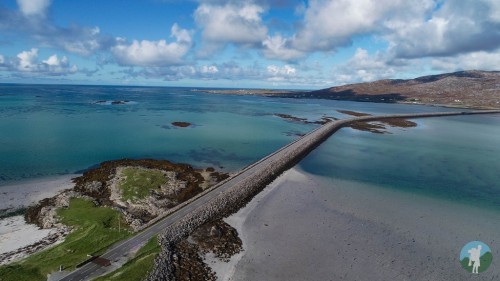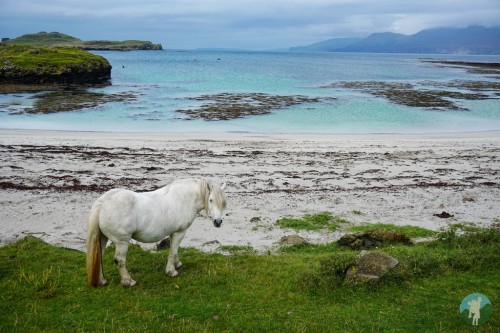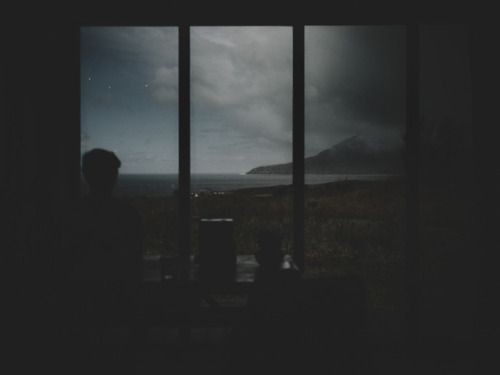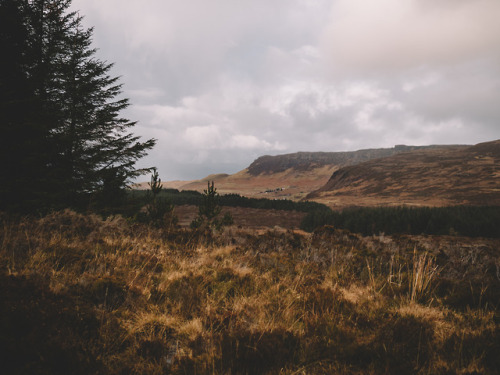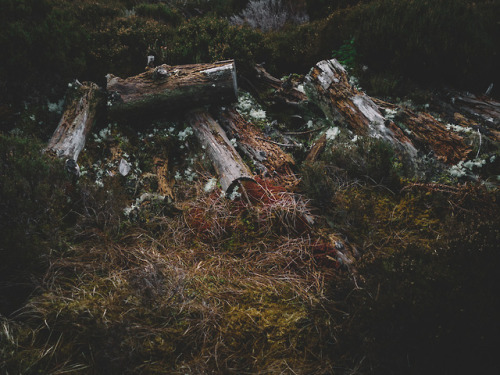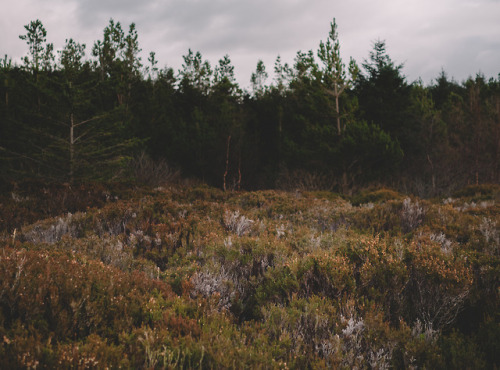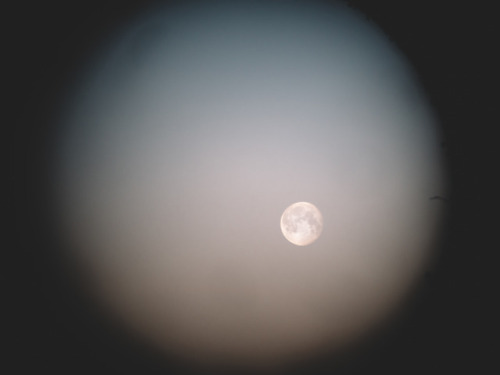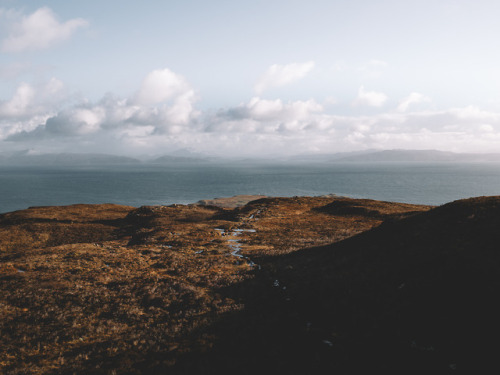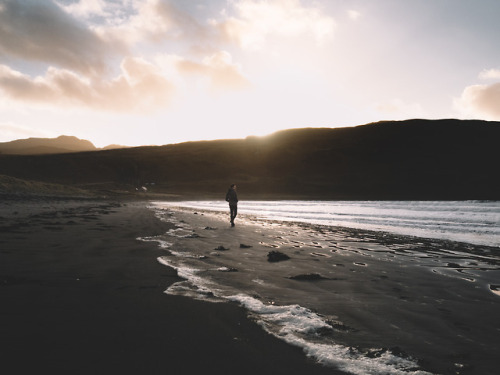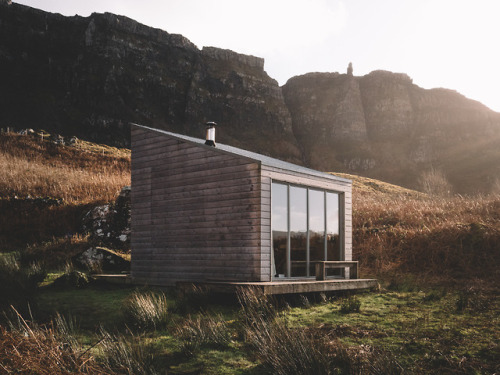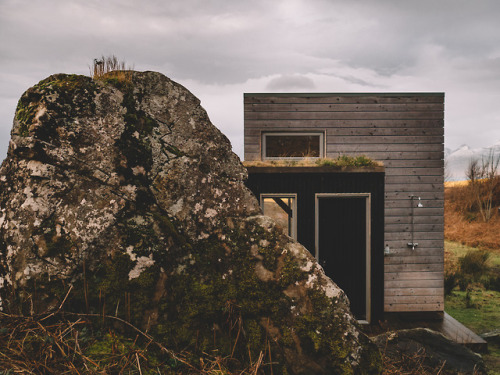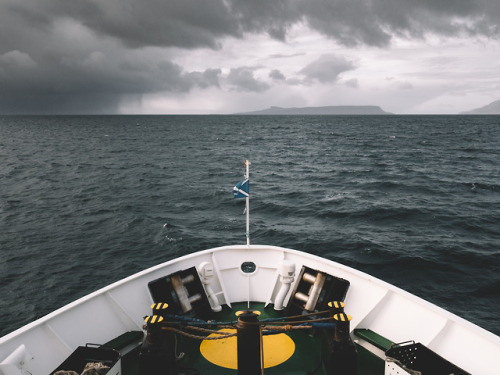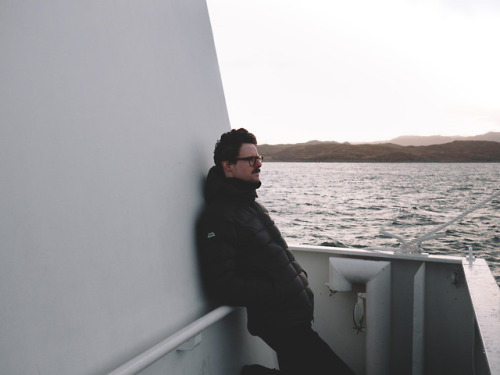#inner hebrides
16th May 1933 saw Midland Scottish Air Ferries begin Islay’s first scheduled passenger service.
Midland & Scottish Air Ferries was the country’s first airline, operating from 1933 to 1934. It is particularly noted for pioneering flights to the Inner Hebrides.
Islay received its first recorded flight in July 1928, but Midland Scottish Air Ferries operated the islands first scheduled flight on 16th May 1933, arriving from Renfrew via Campbeltown. Two days earlier, on 14th May 1933, the islands first air ambulance flight, using a De Havilland Dragon aircraft, landed on the beach at the head of Lochindaal to collect a local fisherman suffering from abdominal pains.
The airport at Glenegedale opened for business in 1935 and was taken over by the RAF during World War Two. The hard runways that exist today at Islay originally date from 1940, and look the same as in the aerial pic from the 60′s. The Avro Ansons of 48 Squadron, and Beaufighter and Beaufort aircraft of 304 Ferry Training Unit used the new runways while flying boats of 119 Squadron landed in nearby Laggan Bay and Loch Indaal. By 1944 the airfield was under the control of Coastal Command and included three runways and six hangars. Personnel stationed there included 266 WAAF and 1,113 RAF servicemen.
Many different aircraft have used Islay Airport over the decades, ranging from a Hercules and a BAE 146 jet of the Royal Flight to the smallest microlights. Loganair now uses Saab 340s for scheduled flights to Glasgow and many charter aircraft from the UK and overseas land at the airport. Scottish Air Ambulance Service planes and helicopters are regular visitors along with a variety of military and private aircraft.
Islay airport is perhaps best known for a hugely expensive. The Prince of Wales was involved in the alarming incident during a visit to the Isle of Islay in Scotland in 1994. Charles was flying the Queen’s Flight passenger jet when it dramatically overshot the runway. Landing too fast and too awkwardly left the royal plane with its nose buried in mud. e and shocking “unfortunate incident” during a royal trip to Scotland. Former RAF Squadron Leader, Graham Laurie, the pilot at the time, was later found to be negligent in allowing the heir to the throne to take the controls, of course it wouldn’t be the Prince’s fault eh? A year after the crash, Charles gave up his license to fly for good, the last pic shows the plane where it ended up, nobody was injured in the incident.
Post link
Lochbuie stone circle, Isle of Mull, Scotland 2017
This small stone circle is the only one on Mull and stands in a breathtakingly beautiful setting, under the watchful gaze of Ben Buie.
You have to cross an extremely boggy field to reach it, so wear your tallest wellies and be very careful if you don’t want to be found as a bog body in thousands of years. Peat bogs are a type of wetland where the water on the ground surface is acidic and low in nutrients. They are filled with decaying organic matter, usually feature rich biodiversity and from a distance, they look rather homogeneous. However closer up, you discover that peat bogs are actually not that uniform in surface, depth or texture. In fact, they’re quite treacherous as you can never tell how deep (sometimes VERY deep) or spongy your next step is going to be. Hiking through them can be hell, as you can sink in bogs quite quickly.
The circle probably dates to the late Neolithic (3000 BC) or early Bronze Age. There were originally 9 stones, all of local granite. One of the stones has been replaced by a low boulder. The circle is about 12.3 metres in diameter, with the tallest stone about 2 metres high and the smallest about 1.2 metre high. Interestingly, the standing stones have been placed so that their flattest side faces the interior of the circle. There are three outlying stones, one about 5 metres from the circle to the south east. This is a fairly unobtrusive boulder about 1 metre high, and its azimuth of 123° with a very high horizon gives a declination of -12°, of no known significance. The second outlier is a very striking monolith about 3 metres high, standing at least 40 metres to the south west. The azimuth of 223.6° with a horizon height of 0.4° gives a declination of -23.7°, and so indicates the position of the setting sun at the winter solstice. The horizon is now partially blocked by nearby trees. Much further away (about 110 metres) is the third outlier, which is roughly 2 metres high. This stone looks like it has suffered a break near the top and was probably much taller when it was first erected. The bearing of 237° and an altitude of just over 2° gives a declination of -16.0°. This is the declination of the sun at the winter Quarter days in early November and early February.
Post link
The history, the aura, the beaches, the weather, the micro-culture…..the Scottish isles truly are magnificent. Just a few of the reasons why:
https://travelswithakilt.com/scottish-island-holidays/
Post link


